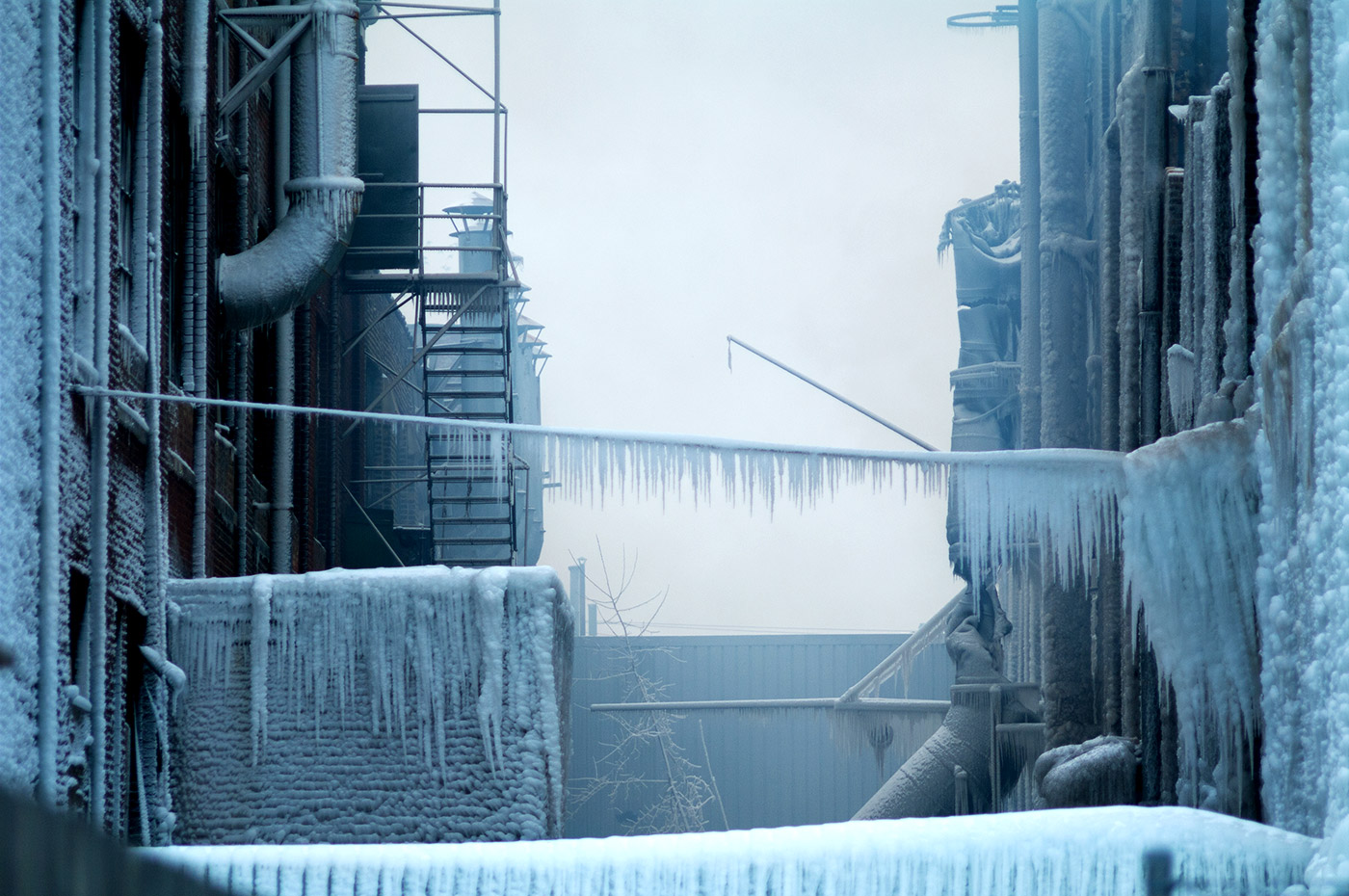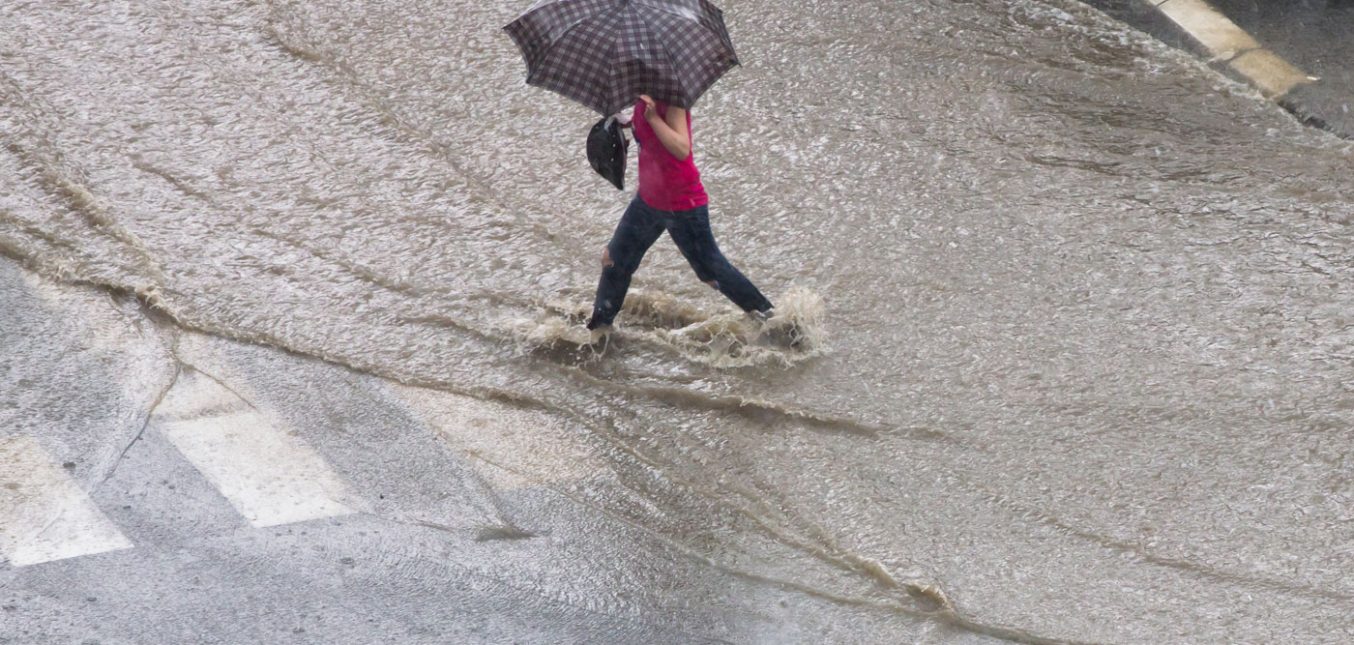When installing Maxitrol gas pressure regulators outdoors, special consideration must be given to the regulator’s location in regard to potential weather conditions. Precautions must be taken to guard against snow, rain, freezing rain, below freezing temperatures, and even fog. For the regulator to function properly, it is extremely important that the vent port remains open and protected from foreign materials that could cause blockage. In regions known for such weather conditions, a hood or even a heated enclosure may be required to protect the gas pressure regulator.
Certain Maxitrol regulators may be installed indoors using an approved vent limiter device.
Below are specific National Fuel Gas Codes (NFGC) dealing with gas pressure regulator installation locations and weather. Installation codes cannot take into consideration all potential weather conditions at the installation location, and it is recommended that the Authority Having Jurisdiction* be consulted.
NFPA 54 (2018)/ANSI Z223.1
Section 5.8 Gas Pressure Regulators
5.8.5 Regulator Protection. Pressure regulators shall be protected against physical damage.
5.8.5 Venting
(2) The vent shall be designed to prevent the entry of water, insects, or other foreign materials that could cause blockage.
(4) At locations where regulators might be submerged during floods, a special antiflood-type breather vent fitting shall be installed, or the vent line shall be extended above the height of the expected flood waters.
Maxitrol recommends that the Authority Having Jurisdiction be consulted as to venting recommendations in flood prone areas. If water enters a gas pressure regulator or any other gas control, that control must be replaced.
Gas pressure regulators installed near a slope or on a flat rooftop or similar system must be installed so that they cannot be buried by snow, covered in ice, or submerged in water. The entire regulator must be visible at all times to be protected from damage.
On a flat rooftop, if the roof drains become blocked, flooding can occur and the regulator could become submerged in water. In freezing temperatures, ice could be a problem. If the regulator is installed too close to the roof deck, even the rain splashing up from the deck could possibly enter the vent port.
Regulators installed below grade where flooding could occur can also become submerged in water, experience icing problems, or become buried in snow.

Maxitrol’s certified vent protectors are designed to limit the entry of rain, ice, snow, dust, and insects. However, if any of these weather conditions are particularly extreme, the regulator should be installed inside the appliance enclosure (if allowed by the appliance manufacturer) or in a conditioned or otherwise protected space.
1.4 Equivalency
The provisions of this code are not intended to prevent the use of any material, method of construction or installation procedure not specifically prescribed by this code, providing any such alternative is acceptable to the authority having jurisdiction. The authority having jurisdiction shall require that sufficient evidence be submitted to substantiate and claims made regarding the safety of such alternatives.
*Authority Having Jurisdiction (AHJ) An organization, office, or individual responsible for enforcing the requirements of a code or standard, or for proving equipment, materials, an installation or a procedure. (3.2.2)
1.5 Enforcement
This code shall be administered and enforced by the authority having jurisdiction designated by the governing authority.






